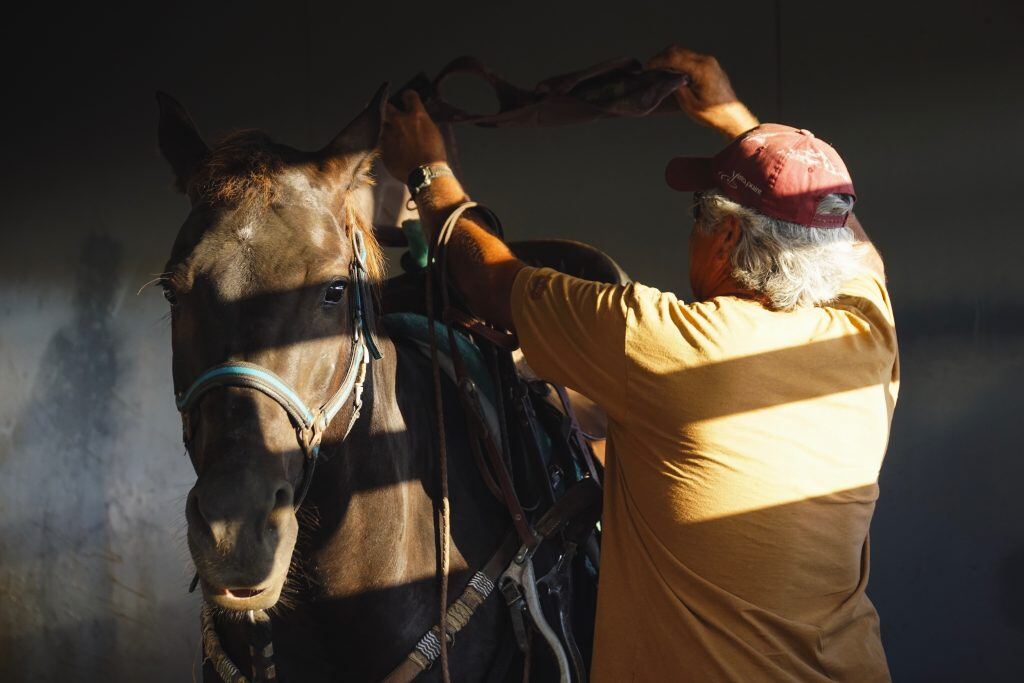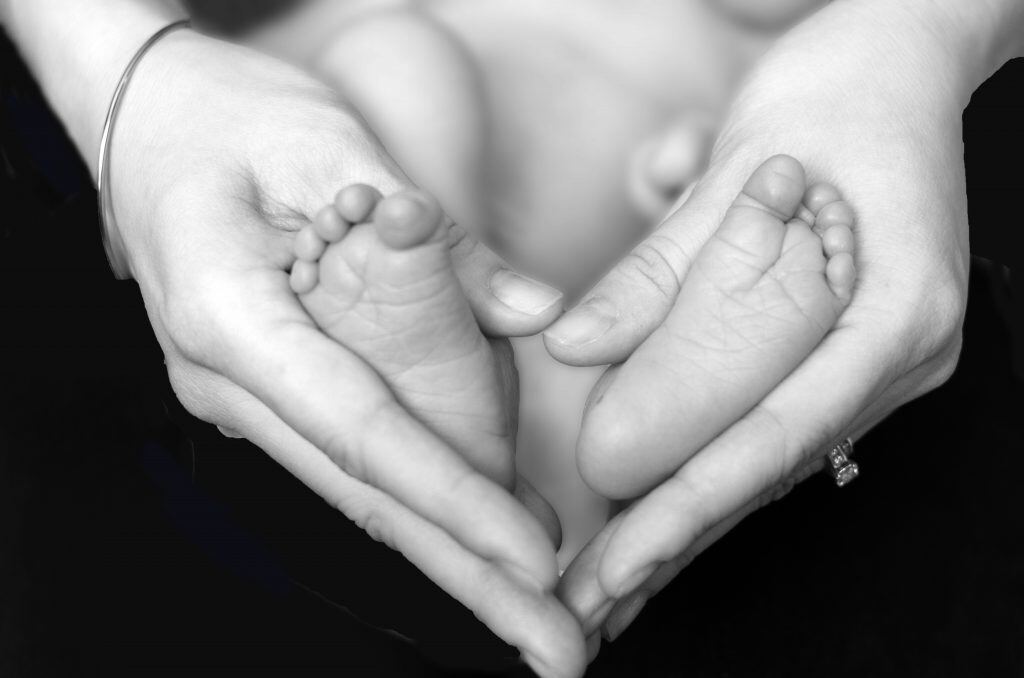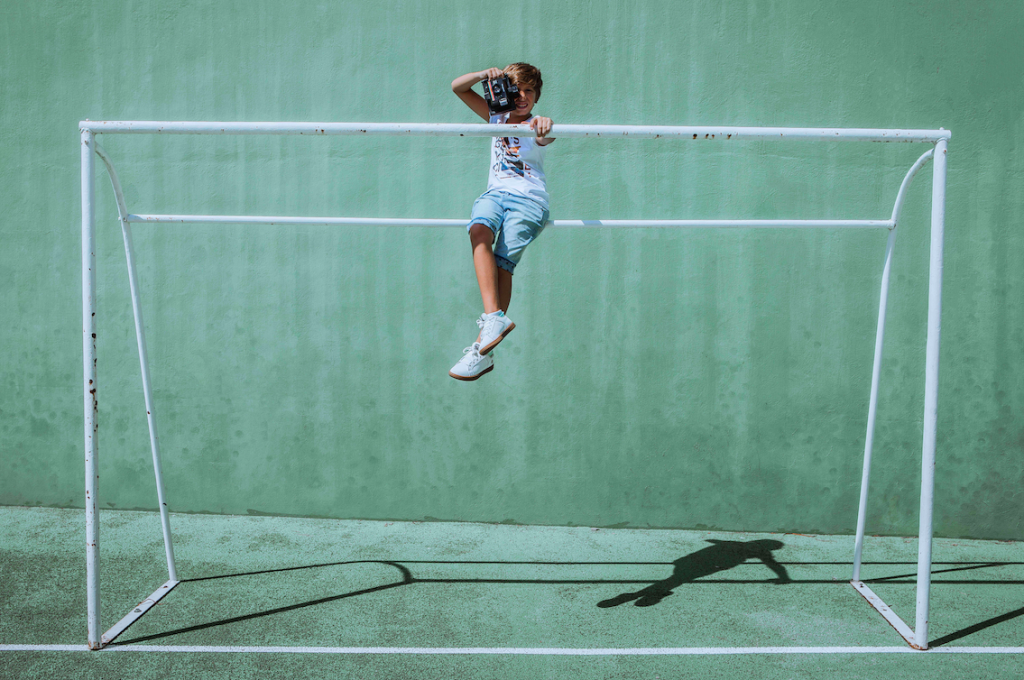There’s a good chance that you have spent a lot of time trying to avoid shadows in your photography.
Unwanted shadows can ruin a shot, making it hard to see your subject or create distractions in the background. Not all shadows are unwanted, however; you can play with shadows as an artistic tactic to add contrast to your pictures. By taking advantage of intentional shadows in photography, you can create more eye-catching photos.
Using Light and Shadow
There is a lot more to using shadows in photography than just letting some parts of your photos be dark.
If you want pictures that stand out, you can use the light and shadows available in your setting to create high contrast photos. The eye will naturally distinguish these lighter and darker areas, perceiving an image to be much more dynamic and alive. Of course, this isn’t always simple to achieve.
The challenge comes with figuring out exactly how to combine the light and dark within the location of your shot. This can require some control over framing and lighting, but the end result is worth it. The extra work that you put in to find a complementing balance of contrast will create photos that seem to have a life of their own.
Shaping Your Target
One of the ways that you can use light and shadow in your photography is by studying how light and shadows shape your subject.
Highlights of light can help define some aspects of your focus, while shadows obscure or border other details. The effective use of lighting will determine how shadows cast on and around your point of focus, so you have complete control over how those lights and shadows inform the shapes in your picture.
The creative use of shadow can add notable details to your pictures. Having objects blocking part of the light outside of the focus of the camera can project shadows onto your scene that add dramatic flare. Smaller objects within the scene can also cast long shadows or otherwise leave a mark on the scene as well. The more creative you get with shadows, the more control you have over setting the tone of the entire scene.

Shadows in the Dark
Though the approach may sound a bit tricky, you can make effective use of shadows in pictures taken in low lighting.
These pictures generally appear darker and have a lot of shadow in them already, but through purposeful positioning of lights, you can create additional striking shadow effects. In fact, some of your favorite low-light photos are likely to demonstrate this technique.
The key to using shadows with low-light photography is to make use of light that is available without trying to add extra sources of bright light such as a flash. Not only can this introduce red eyes and other unwanted details, but it is likely to ruin any shadows that you worked hard to create. You’re much better off using low-light settings on your camera to compensate.
Black and White Photos
The contrast created by shadows in your pictures can be distinguishably seen if you’re shooting in black and white.
Deep shadows will appear very dark in your pictures, letting you guide the eye to certain sections of the photo if that is your artistic intention through careful application. Lighter shadows will appear more soft in black and white photos since there is a smaller range of shades to play with and therefore create a dynamic range of contrast.
For added effect, a pop of color can be added to these photos for playful effect. Using a bright color typically works best, though subtle shades can also go well with some photos. The mix of light and shadows creates a good contrast for color to stand out, especially if you colorize a part of the picture that is bordered by both light areas and shadow.

Shadows in the Streets
The effective use of shadow can also have a big impact on outdoor photos.
This is highly effective if taking photos in the streets or other urban settings where there are a number of right angles blocked out by buildings. Shadows shaped by the outdoors can make a statement about locations, the time of day and other aspects of the photos that would otherwise be lost without the shadows as indicators.
Controlling Shadows in Photography
When it comes to photography, the shadows you cast are only as good as your light.
This doesn’t mean that you have to use intense lighting for your pictures, though it can be helpful if you want to cast hard shadows. Instead, it means that you need to know exactly how to control your lighting to create the types of shadows that you want. With proper lighting, you can create both intense and subtle effects that will help you deliver just the look that you want to create.
Light Quality
Just as good lighting control is essential for controlling shadows in photography, the quality of your lighting is another factor to consider.
The higher your quality of light, the more precise your shadow control will be. In some cases, lower-quality light can be used to create soft shadows while a stronger and powerful light can provide defined and deep shadows. Mixed qualities of light can create other effects as well, letting details gradually fade in or out based on where your lights are positioned.












